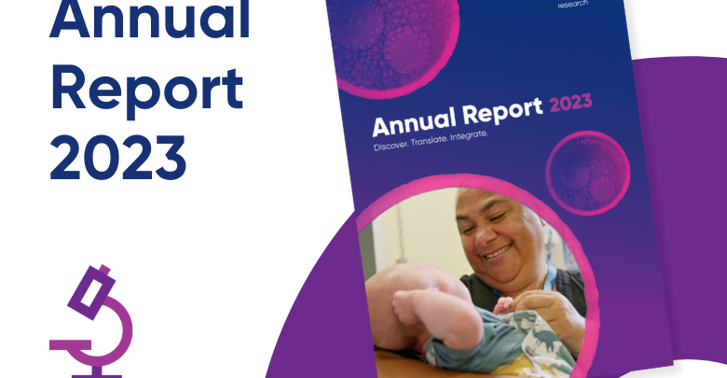
Mater Researchers are one step closer to advancing diabetes treatment thanks to new research focusing on IL-22RA1—a protein receptor that is highly prevalent in the pancreas and liver and is vital for the health of cells through suppression of cellular stress.
Two new interconnected Mater Research studies by recent PhD graduate Dr Haressh Sajiir and Immunopathology Research Group Leader, Associate Professor Sumaira Hasnain were published in Nature Communications this week. The studies revealed that harnessing this pathway may be key to advancing diabetes treatment and its associated co-morbidities, such as liver disease.
Nearly 45 per cent of the world’s population—are overweight or obese, and millions live with diabetes which is caused by the body’s inability to produce and/or use insulin correctly. Dr Sajiir said that while current treatments for diabetes manage symptoms, they don’t address the underlying “cellular stress” that contributes to the progression of the disease.
“Our latest research findings uncovered that signaling via IL-22RA1 not only boosts insulin production, but also stabilises blood sugar levels by facilitating cell repair and reducing inflammation in the pancreas and liver,” Dr Sajiir said.
“In pre-clinical models, we found that a deficiency in this protein could also lead to increased cellular stress and immune system overactivity.”
“This included high blood sugar levels, a loss of pancreatic cells and inflammation in the liver. In models without IL-22RA1, the total amount of insulin was lower, and the quality was poorer.”
The team designed IL-22 protein-based therapies that were targeted at the pancreas and liver and showed that this reduced fat accumulation in the liver and corrected blood glucose levels.
A/Prof Hasnain, senior author of the study, highlighted the potential impact of their findings.
“Dysfunction of this protein can lead to metabolic syndrome, a precursor to more severe health issues like diabetes, heart disease and other significant metabolic disorders such as fatty liver disease. This can progress MASH or Metabolic Dysfunction-Associated Steatohepatitis, is a serious condition where your liver gets inflamed and stiff. This can cause fatigue, pain in your upper right abdomen, and eventually liver failure,” A/Prof Hasnain said.
“Our next steps involve exploring how the therapies we have developed can be used to treat but also potentially reverse the cellular damage observed in diabetes and liver disease. This could fundamentally change the way we approach treatment of obesity, diabetes and liver disease in the future,” A/Prof Hasnain said.
The full papers, titled Pancreatic Beta-Cell IL-22 Receptor Deficiency Induces Age-Dependent Dysregulation of Insulin Biosynthesis and Systemic Glucose Homeostasis and Liver and Pancreatic-Targeted Interleukin-22 as a Therapeutic for Metabolic Dysfunction-Associated Steatohepatitis were both published in the journal Nature Communications in May 2024.



